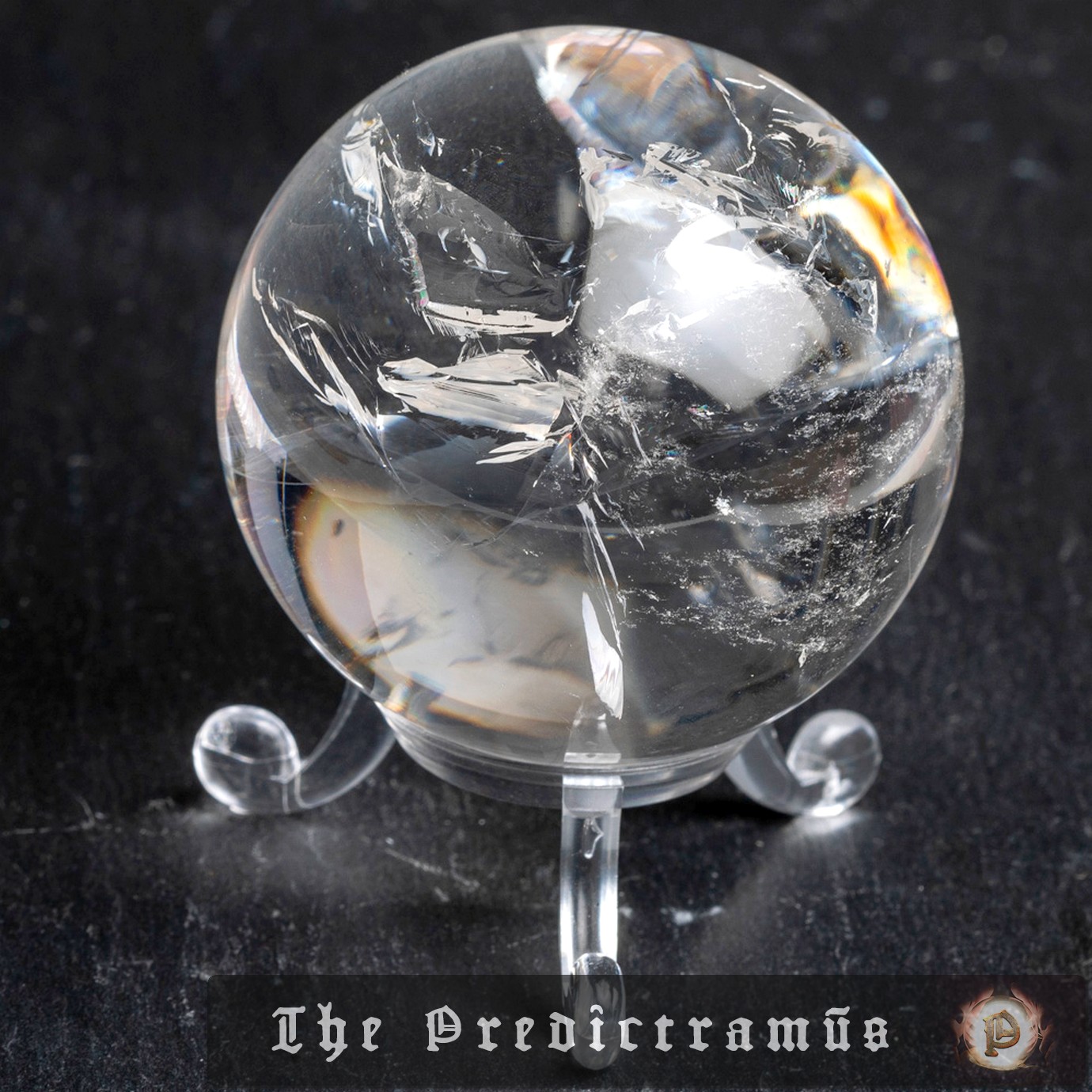Researchers at Harvard University have successfully created axion imitators, also known as quasiparticles, in a thin sheet of material called manganese bismuth telluride. These quasiparticles mimic the behavior of axion particles, which could explain dark matter, an invisible form of matter inferred from observations of the cosmos. The discovery opens up new possibilities for studying…
Science on The Soothsayer / page 21
Researchers from the Karlsruhe Tritium Neutrino experiment (KATRIN) have announced the most precise upper limit yet on the neutrino’s mass, setting a new limit of 0.45 electron volts (eV) at 90% confidence. This breakthrough brings scientists closer to understanding the fundamental properties of neutrinos, which are ghostlike particles that barely interact with matter. The new…
Physicists from the University of Surrey have made a groundbreaking discovery in understanding the origin of heavy elements in the universe. By studying a specific reaction, they have shed light on the “weak” component of the r-process, which is responsible for creating elements with atomic numbers ranging from 37 to 47. This breakthrough could have…
The US National Institutes of Health (NIH) has suspended funding for several COVID-19 research projects, including trials aimed at improving vaccine responses in transplant recipients. This move has sparked concerns that it may have a deadly outcome for those who rely on these studies for their health. The NIH has also terminated funding for other…
Researchers in Austria and Spain have successfully created Schrödinger cat states at temperatures up to 1.8 K, a significant breakthrough that could benefit fields such as quantum computing and quantum sensing. This achievement challenges the conventional wisdom that ultracold temperatures are necessary to create these fragile quantum states. The team used a microwave cavity to…
A recent study suggests that people in industrialized countries are getting enough sleep on average, but their body clocks are often out of sync with the natural day-night cycle. This can lead to a range of health problems, including depression, cancer, and heart disease. Experts are calling for a more flexible approach to work and…
A team of researchers at Georgia Tech’s WISH Center has developed a revolutionary brain-computer interface (BCI) system that enables users to control devices with their thoughts, even while moving. The system uses microscale brain sensors that can fit between strands of hair, overcoming previous limitations of bulky and rigid sensors. This breakthrough has the potential…
Climate misinformation has become a significant challenge in the fight against climate change. Conversational AI chatbots are making it harder to distinguish falsehoods from real science, but climate experts are using the same tools to detect fake information online. Researchers have found that general-purpose large language models lag behind models specifically trained on expert-curated climate…
Researchers from the Institute of Physics of the Chinese Academy of Sciences have successfully created the first two-dimensional (2D) sheets of metal, a breakthrough that could lead to the development of novel electronic devices and a deeper understanding of quantum physics. The team used a technique called vdW squeezing to melt and compress pure metal…
Astronomers have made a groundbreaking discovery of a potential dark galaxy in the local universe. The clump of gas, located 900,000 light-years from Earth, may be a dark galaxy, a theoretical system composed primarily of dark matter. While some experts are skeptical about the findings, the discovery could help refine our understanding of galaxy formation…










